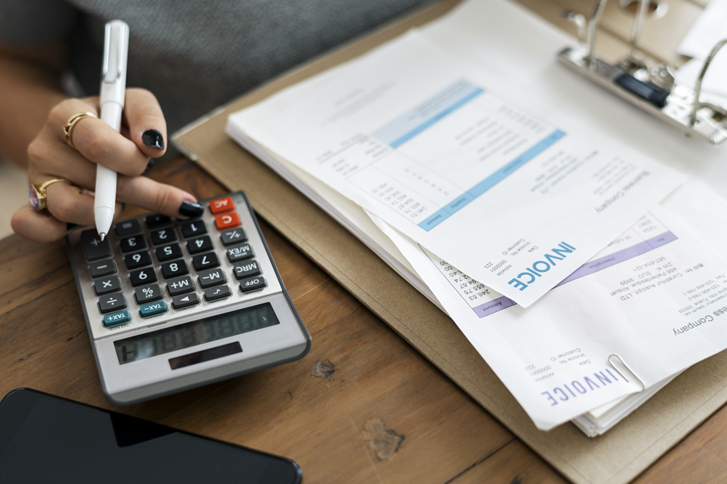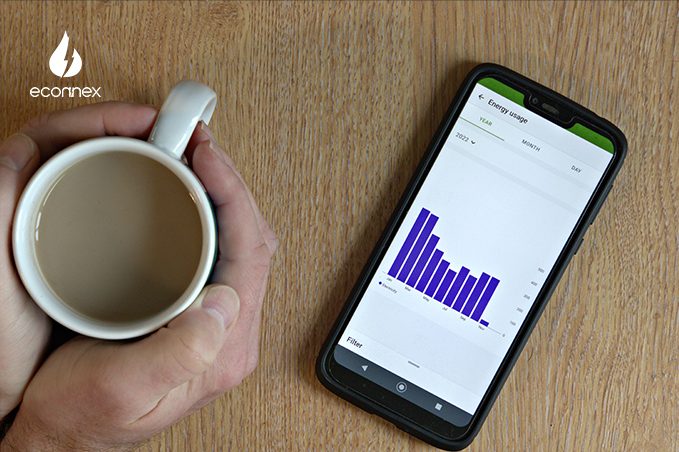Discover all about personal loans in Australia with Econnex Comparison's insightful guide. Navigate your options wisely for financial empowerment.

Published on 30/04/2024
By William Walton
Credit Cards Comparison
Everyone has spending goals, whether they be clearing debt, paying for a wedding, buying a car, renovating, or adding an essential appliance to your household. Personal loans can provide the funds you need to make that goal a reality.
However, it’s vital that you understand the basic terms involved, the fees or charges that may be involved, and the steps to apply before proceeding. Entering into a personal loan without doing your homework first could result in some complications.
Let’s discuss the ins and outs of personal loans: what they are, why you might need one, and how to go about sourcing an appropriate loan product (spoiler: we might be giving you some brand-new tools very shortly to help you compare your options).
So, how do personal loans work? In many ways, a personal loan in Australia is just like any other line of credit. You identify a bank, credit union or lender and apply for a specific amount of money that you’ve earmarked for a particular purchase.
The lender could ask you why you’re applying for the personal loan, as the purpose might influence your likelihood of approval. You must repay the amount you were loaned plus any stipulated interest over a set period outlined in the terms and conditions.
While personal loans can absolutely help you reach your purchasing goals, they are not without risk. If you fail to meet your repayment obligations, you may have to declare personal bankruptcy or the collateral underwriting the loan may be sold to recoup lender losses.
Ensure that you do a bit of due diligence before applying for a personal loan product so you understand what you’re signing up for.
A personal loan in Australia may either be secured or unsecured. A secured loan is underwritten by collateral, an asset such as a car or property, which reduces the risk to the lender if you’re unable to meet repayment obligations.
An unsecured loan is not underwritten by collateral and, as such, usually applies a higher interest rate. However, the trade-off is that you won’t lose any assets if you default on repayments.
There are a variety of uses for a personal loan.
There are many instances in life when you may wish to make a significant purchase but lack the funds in the bank to make it happen (or it’s too close a call). Personal loans may help you bridge that gap. You might choose to apply for a personal loan in Australia for the purpose of:
That’s not an exhaustive list, either. If you have any major purchases that you’re considering or bills to cover, you might be able to find a personal loan product that can help you make it happen.
Several types of personal loan products are available on the market, catering to different prospective debtors. The most appropriate products for your needs may not be ideal for someone else.
As such, it’s critical that you assess your individual financial situation before proceeding, including what you can afford to repay and how you might be affected by any predicted macroeconomic shifts, such as changes to the official cash rate by the Reserve Bank of Australia (RBA).
Some standard types of personal loans include:
How long is a piece of string? In theory, the upper limit you can borrow for a personal loan is practically limitless—it all depends on your assets, income, liquidity, credit history, and available guarantors.
Most everyday Australians may find it difficult to service a personal money loan in excess of $100,000, especially if they are already servicing a mortgage. That said, if you’re unsure, it’s always prudent to consult independent financial advice to determine how much debt you can service according to the specifics of your finances.
Generally speaking, most personal loan products commence at $5000 or more. If that doesn’t fit your needs, you may need to explore alternative solutions, such as payday loans or no-interest loans for small essential purchases offered to those experiencing financial hardship.
As you explore the world of personal loans, you'll encounter some common terms. Don’t feel overwhelmed by some of the jargon; it’s not too complicated. Once you familiarise yourself with the language, you’ll be able to find your way more easily.
If you ever feel genuinely stuck, consider consulting with a professional and accredited financial advisor. They’ll be able to help you assess your financial predicament and identify potential solutions to help you reach your goals.
Some of the standard terms include:
If you’re looking to access a personal loan in Australia for some essential expenditure, there are some recommended steps that you could follow. Of course, every consumer’s circumstances are different, and it may be worth consulting independent financial advice if you’re unsure how to proceed.
Here are some steps that could help you understand how to get a loan:
In short, yes, it can.
As mentioned above, upon your application, the lender usually conducts a ‘hard’ credit check of your personal credit file with one of the three credit reporting bureaus for individuals in Australia: Equifax, Experian, and Illion (formerly Dun and Bradstreet). A hard check is registered in your credit history for future prospective lenders to note.
Several hard credit checks on your file over a short period indicate to lenders that you are applying for multiple products a little recklessly, perhaps out of desperation. Credit-hungry individuals are considered higher risk, so your score can drop accordingly.
With this information in mind, you must assess your financial health, identify the appropriate products for your needs ahead of time, and apply selectively.
First, instead of one universal credit score, you have up to three individual credit scores in Australia: one from each credit reporting bureau (Equifax, Experian, and Illion). The only reason you might not have a credit file or score with any one of these bureaus is that they have yet to collect enough data on you to form an analysis of your risk as a borrower.
Your creditworthiness, as outlined in your credit report, can significantly impact the success of your application for a personal loan in Australia. Lenders may deny your application if your credit score is low, thereby identifying you as a higher-risk borrower.
You are entitled to a free copy of your consumer credit report with each reporting bureau once every three months, and it may be prudent to check this information before applying. If your credit scores are low, consider taking some time to make sure you pay your bills and service any credit card obligations, among other actions, to improve your creditworthiness gradually.
Personal loans can be a double-edged sword for your financial planning efforts. On the one hand, they might offer immediate financial relief or funding for substantial expenses; on the other, they require careful integration into your existing financial strategy to prevent adverse effects.
The key to benefiting from a personal loan is adapting your budget to accommodate the additional monthly, weekly, or fortnightly repayment. This may involve reallocating funds from discretionary spending to ensure timely loan payments, thus avoiding penalties and preserving your credit score/s.
Moreover, responsible management of personal loans can actually result in long-term benefits for your credit score. Regular, timely repayments demonstrate financial reliability to credit bureaus, gradually improving their perception of your creditworthiness. This improvement can lead to more favourable borrowing terms in the future, such as lower interest rates and higher credit limits.
To qualify for a personal loan in Australia, lenders typically require you to have a stable income, a good credit history, and be over 18 years old. You’ll need to provide documentation such as proof of income, identification, and sometimes proof of residence. The specific requirements can vary between lenders, so it's wise to check with the lender for their particular criteria.
A secured personal loan is backed by collateral, such as a car or property, which the lender can claim if you default on the loan. This type typically has lower interest rates due to reduced risk. An unsecured loan doesn’t require collateral, which means higher risk for the lender and usually higher interest rates for the borrower.
Most lenders might allow you to pay off your personal loan early, but some may charge a fee for doing so. This fee is to offset the interest they lose if the loan is paid off before the term ends. It's important to read the loan agreement to understand any penalties or conditions associated with early repayment.
Taking out a personal loan does impact your credit score. Initially, applying for a loan may lower your score slightly due to the hard credit check involved. However, making regular, timely repayments can improve your credit score over time. Conversely, missing payments can significantly harm your credit score.
Before applying for a personal loan, consider your financial situation and the purpose of the loan. Assess whether you can comfortably meet the repayment schedule without compromising other financial commitments. Compare different loan offers to find the best interest rate and terms. Also, consider any fees associated with the loan, including application fees, early repayment fees, and late payment penalties.
Yes, alternatives to a personal loan might include using savings, borrowing from family or friends, using a credit card, or exploring other types of credit like lines of credit or home equity loans, depending on the amount needed and the purpose of the funds. Each option has its benefits and should be considered carefully against your financial needs and circumstances.



